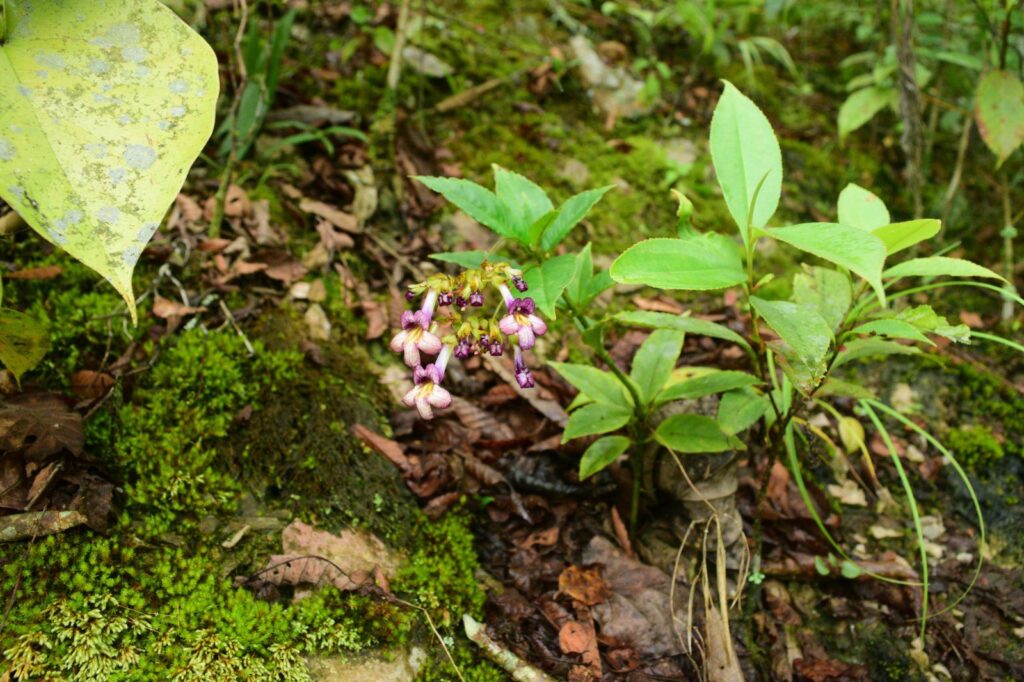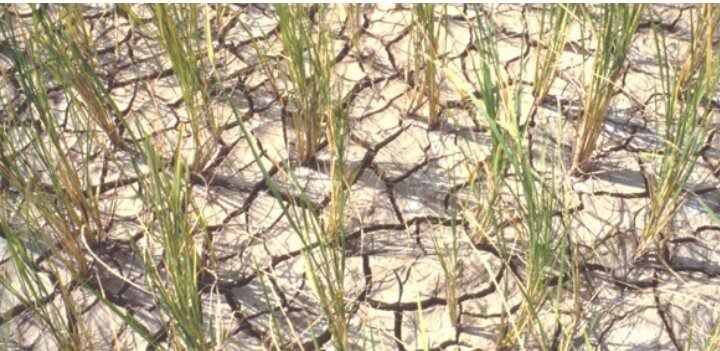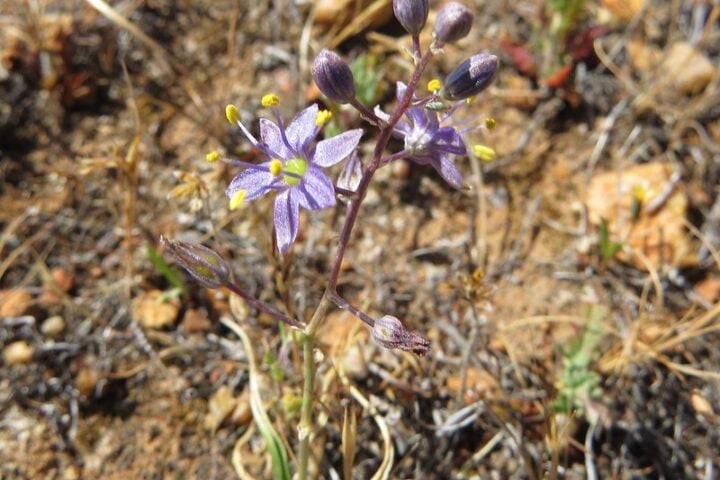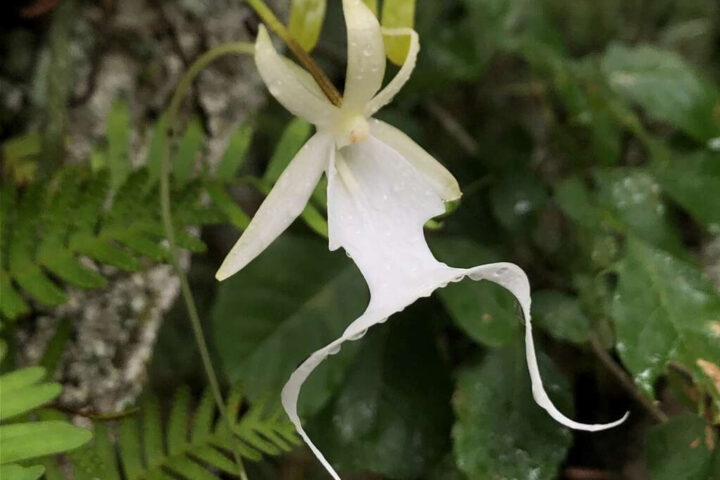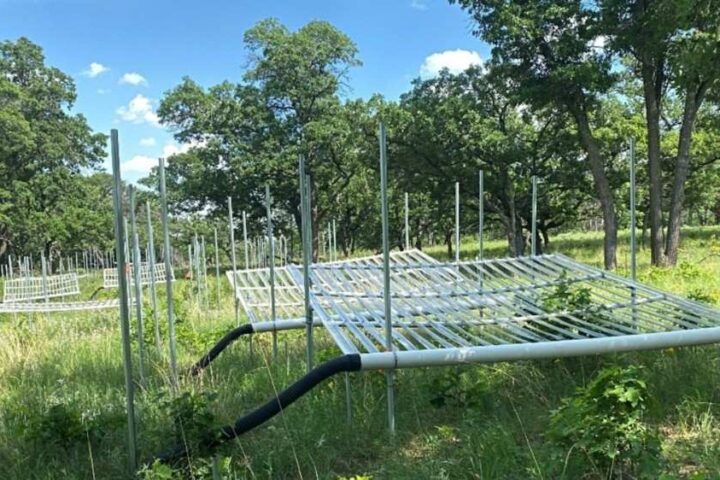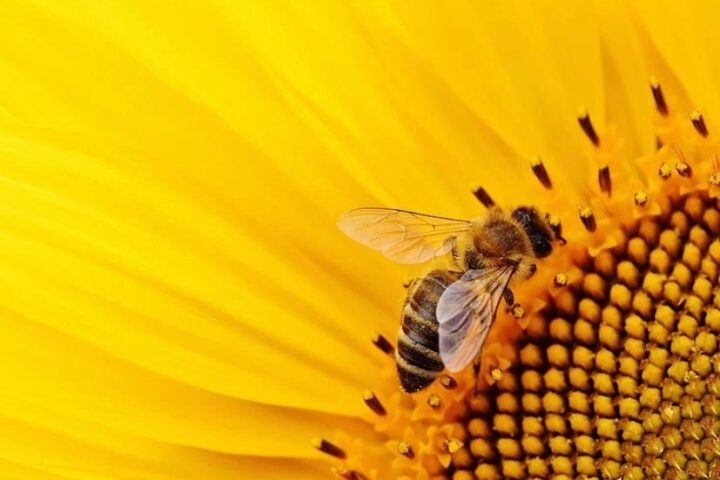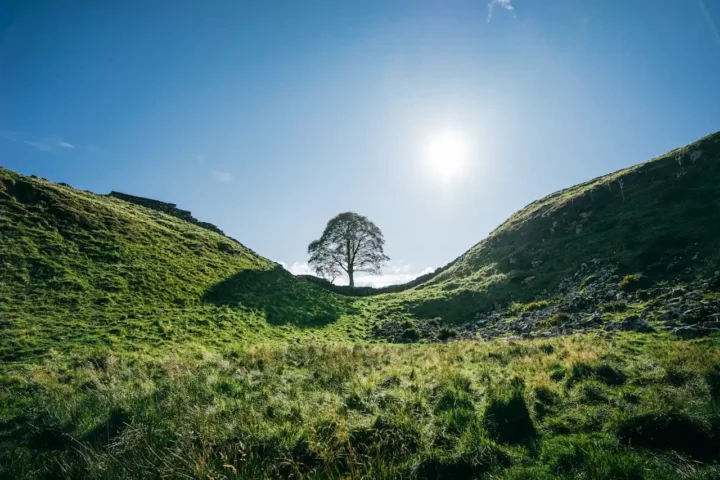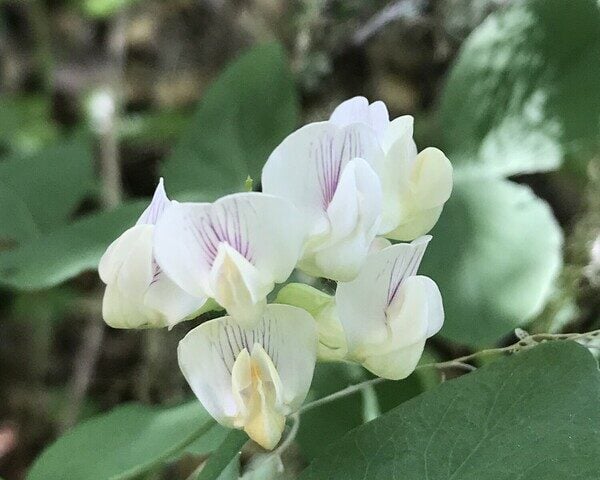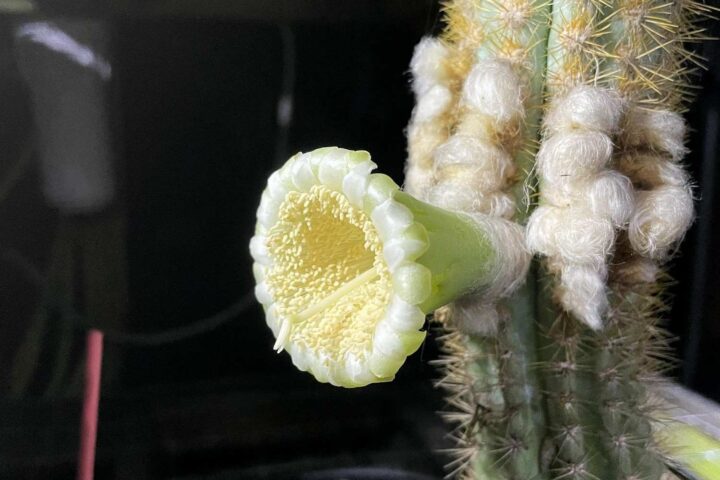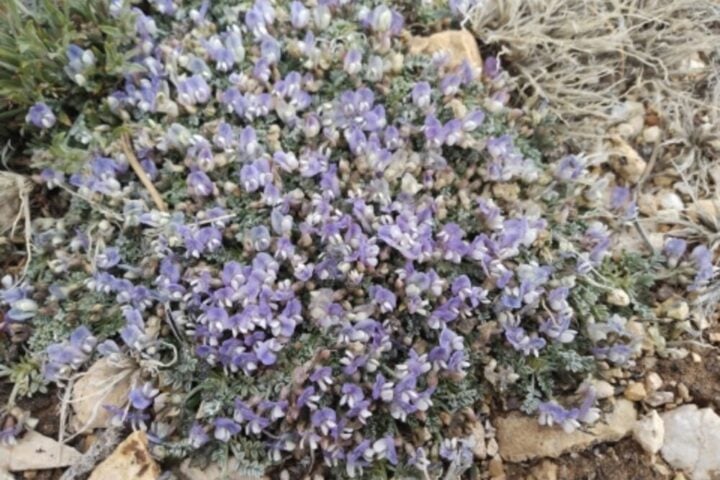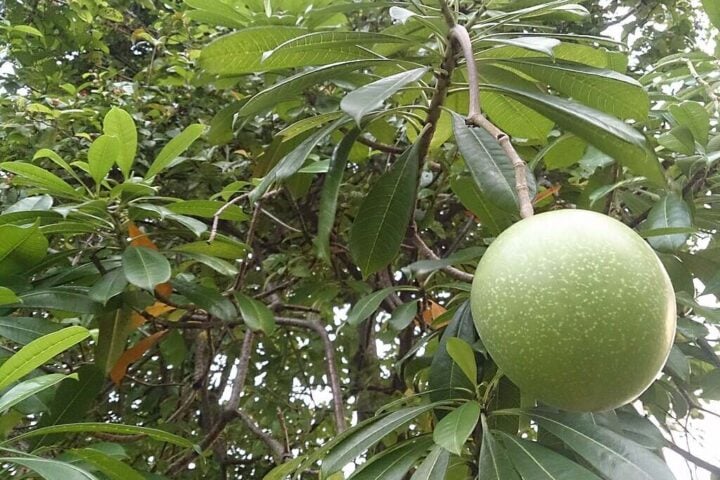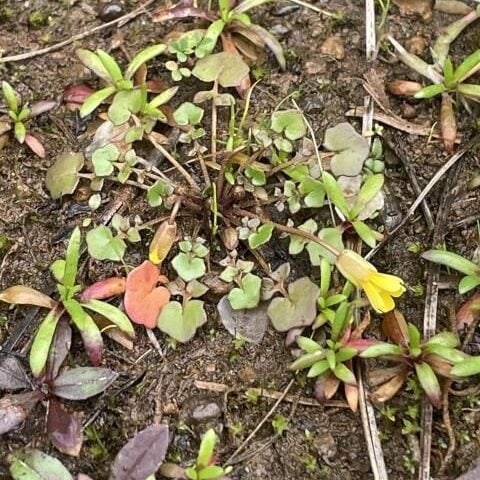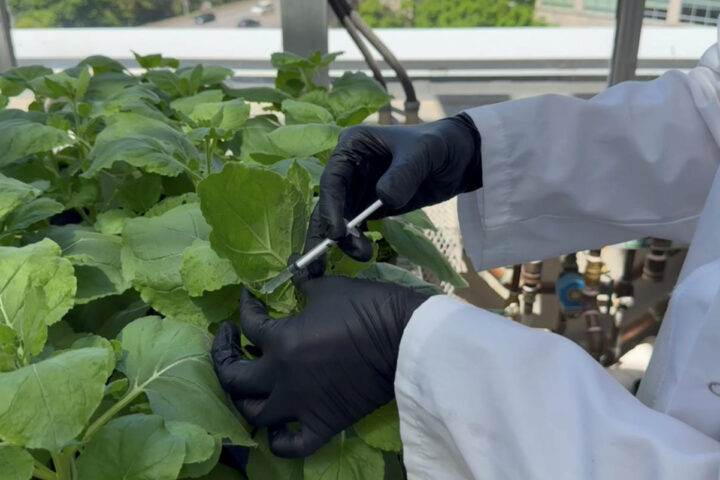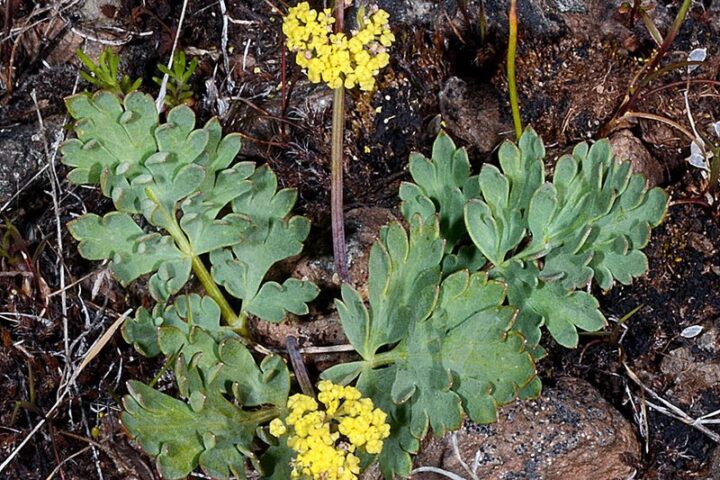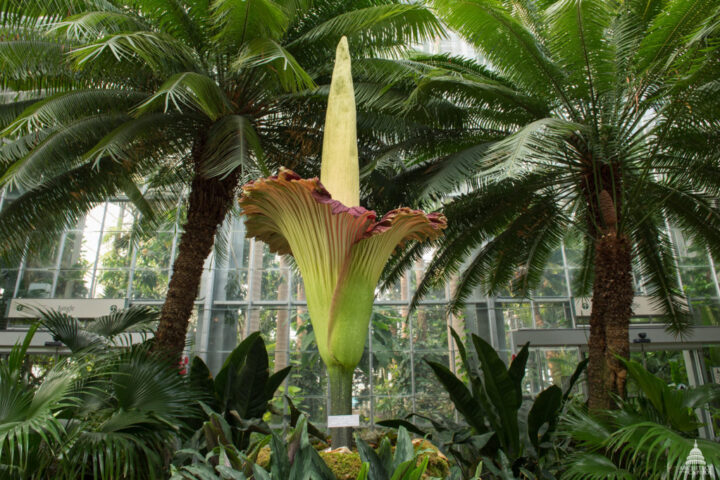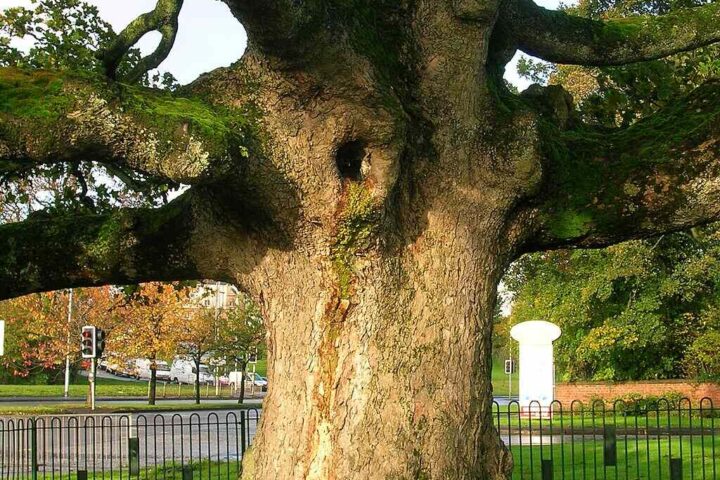The Choctaw Nation and NASA are teaming up in a historic move, sending Choctaw heirloom seeds to the International Space Station(ISS). This November, the SpaceX CRS-29 mission will carry these seeds, symbols of the Choctaw’s enduring agricultural legacy, into orbit.
From Oklahoma to Orbit
Five varieties of Choctaw seeds will journey to space including (Choctaw Sweet Potato Squash), Tvnishi (a spinach-like leafy green), Tobi (Smith Peas), Chukfi (Peas), and Tanchi Tohbi (Flour Corn). They’re not merely plants but living links to the Choctaw’s ancestral knowledge. Dr. Kathryn Gardner-Vandy, a Choctaw citizen and the mission’s lead, has been instrumental in mission, holding CNO and Boeing together to send the Choctaw seeds to the ISS.
Seeds of Knowledge: Choctaw Traditions Meet Space Science
Native Earth | Native Sky (NENS) and the Choctaw Nation have been busy blending stories and science. They’ve crafted a STEM curriculum that’s rich with Choctaw heritage. For a year, they’ve been at it, and now, their work will take to the skies. Choctaw heirloom seeds will soon soar into space, and after their celestial trip, they’ll return to Oklahoma soil. Students at Jones Academy are set to welcome them back and plant them, their hands linking the past to the future.
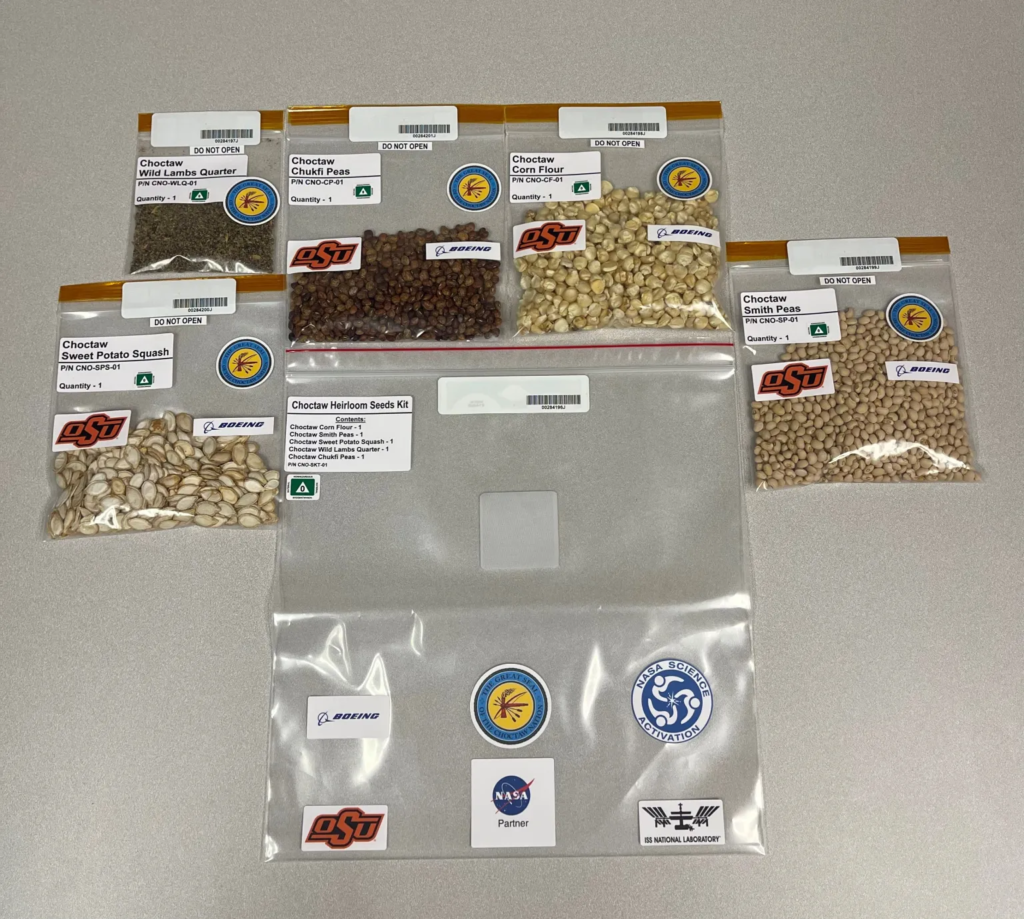
This isn’t just gardening; it’s a living lesson. The seeds’ space voyage and the students’ growth alongside them will be captured in a NENS curriculum story. It’s all thanks to NASA’s SciAct funding, which aims to spark a love for STEM in middle schoolers from Native Nations, weaving together the threads of science and indigenous culture.
Oklahoma State University’s partnership with NASA, worth $4 million, isn’t just for the Choctaw Nation. They’re also creating learning journeys with the Chickasaw and Cherokee Nations. These are still in the works, but they promise to be just as rich, blending ancient wisdom with the science of tomorrow.
Choctaw Nation’s Growing Hope: A Journey from Earth to Space and Back Again
The Choctaw seeds will orbit Earth for months, guests aboard the space station. After their space stint, they’ll come home. Then, the young minds at Jones Academy, the boarding school for Native American youth under the Choctaw Nation’s wing, will plant them. They’ll grow these space travelers right next to Earth-bound seeds. It’s a living science experiment: the students will guess how they’ll grow and watch to see if they’re right.
This project is a bright spot in the Choctaw Nation’s Growing Hope initiative. It’s about planting seeds in gardens and minds alike, encouraging Native American kids to dream of careers in science and tech. It’s a hands-on lesson in growth, both of plants and personal aspirations, rooted in Choctaw tradition and reaching for the stars.
Similar Posts
DreamUp to STEM Passions: Students Touch the Stars with Science
So whats is STEM all about? It’s science, technology, engineering, and math, and it’s the heartbeat of the future. DreamUp’s STEM education program is all about lighting that spark of curiosity and wonder in students across the nation. Every year, they get a chance to send their own experiments up to space, where the rules of gravity don’t apply.
These young scientists and engineers, guided by RTI International, STARward STEM, and iLead schools, are sending up seven experiments on this mission. They’ll be using MixStix tubes, small but mighty vessels that let them mix and observe reactions in the unique environment of space.
Aboard CRS-29: Science in Microgravity
The mission is a diverse scientific endeavor. It includes Boeing’s study of antimicrobial coatings and Nanoracks’ exploration of Duckweed as astronaut food. Each experiment is a step toward understanding how to live and thrive in space.
Exploring New Frontiers with Microbes and Melanin
The Naval Research Laboratory is studying melanized microbes, which could lead to innovative materials for space and Earth. Zheng Wang, leading the project, is excited about the potential of microgravity to create new melanin types.
Mapping the Brain in Zero-G
Researchers from UC San Diego are sending brain organoids to space to see how they fare in microgravity. This could shed light on brain diseases, a study spearheaded by Alysson Muotri and Erik Viirre.
Pharmaceuticals in Orbit
Redwire Space’s PIL experiment is set to revolutionize how we develop drugs, using the unique conditions of space to improve protein crystals. Rich Boling, the project’s PI, is at the forefront of this innovative approach.
Inspiring Young Space Explorers
The mission also supports student research through programs like SSEP and DreamUp STEM, nurturing the next wave of space enthusiasts and professionals.
A Mission of Many Meanings
SpaceX CRS-29 is a supply mission, yes, but it’s also a celebration of Choctaw culture, a leap for science, and a beacon for education. As the seeds circle Earth, they carry the Choctaw spirit, the excitement of discovery, and the promise of new solutions for life on our planet and beyond.


